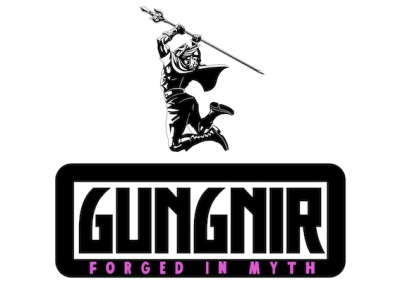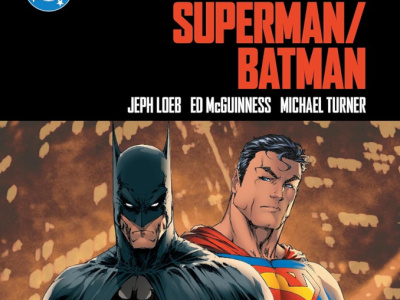During Osamu Tezuka's more than 40 years of creating manga, comic books in Japan went from being an occasional childhood preoccupation to a massive multi-genre entertainment form that providing diversions for people of all ages and classes. Tezuka himself was the primary force behind this boom, single-handedly creating 100s of different titles, while initiating popular sub-genres like shojo manga (girls' comics) and transforming robots as well as creating the style and grammar of manga storytelling (see 'Osamu Tezuka: An Overview' and 'Interview with Fred Schodt') in the 1940s and 50s. But by the mid-1960s an entire generation had grown up reading manga and they were ready for something new, something deeper and more 'adult' in the best sense of the word. Tezuka, who was simultaneously fulfilling his dream of creating his own animated films through his Mushi Productions Company, began to publish his Phoenix manga stories to demonstrate that the medium he helped define had the potential to be as thought-provoking as any other branch of art or literature.
Tezuka published the first of his Phoenix series in the magazine Com, which was owned and controlled by his own Tezuka Productions Company, giving him complete artistic freedom for the project. Although his first Phoenix stories had appeared as early as 1954, it wasn't until the late 1960s that the first two volumes of what became a 12-volume series appeared. The Japanese title of the series, Hi No Tori, literally means 'Firebird,' and though Tezuka was well aware of all the various Phoenix legends around the world (and refers to them in his series), it is the Chinese legend of the Phoenix as a symbol of immortality that Tezuka uses, paradoxically, to examine our human condition of mortality. The stories in the 12-self contained Phoenix graphic novels skip about wildly through time and space from prehistoric Japan to the high tech world of 3404 AD. Characters re-occur in different forms and in different eras, and the implications of reincarnation are everywhere, especially in Volume #4.
Tezuka was at the height of his powers when he created the bulk of the Phoenix series. His work in animation led to a further refinement of his clear line drawing style, which reached new heights of elegance, while his cinematic use of extreme close-ups and rapid cuts was tempered in the Phoenix saga with the introduction of powerful splash pages and a judicious variety of panel shapes and 'camera angles.' Viz has chosen to start the publication of the English language Phoenix series with the second volume from the Japanese series. Phoenix: A Tale of the Future takes place in 3404 AD and directly addresses the main philosophical concerns of this ambitious series. Viz plans on publishing the first volume in the Japanese series, which takes place in early Japan, three or four months after the appearance of Phoenix: A Tale of the Future, though the publication dates of future volumes have not yet been finalized. Viz is publishing the 256-page Phoenix: A Tale of the Future in a generous 7'x10' format to display the art at the optimal size. The square-bound trade paperback will have a suggested retail price of $22.95 ($37.95 in Canada).
Ironically, though interest in manga and anime continues to grow in the United States, only a few works by two of the greatest creators of these art forms are available here. Out of Tezuka's hundreds and hundreds of volumes of manga only a meager handful of series have appeared here, and this situation in paralleled by the plight of many of the great anime films of Hayo Miyazaki (Princess Mononoke), which remain unavailable in U.S. versions. Viz has published two volumes of Tezuka's Blackjack series and all five of his Adolph graphic novels, while Dark Horse will publish Tezuka's classic Astro Boy manga series (see 'Dark Horse To Publish Astro Boy') beginning this month.







